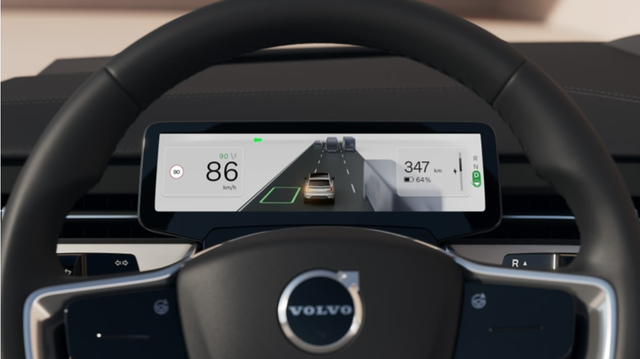CES 2023 Automotive Announcements Trend
CES 2023 Automotive Announcements Trend
The annual Consumer Electronics Show (CES), held on January 5-8, CES focuses on cars, the Internet of Things, smart home, health care, the universe and XR, artificial intelligence and computing. Among them, the Automotive Team (Counterpoint) analyzed more than 150 vehicle-related announcements during CES to identify major trends. At this year's show, the main focus of the auto industry was on electric vehicles (EVs), followed by self-driving cars, infotainment, connectivity, components and maps. Electric cars accounted for the largest share of the news stream at the event.
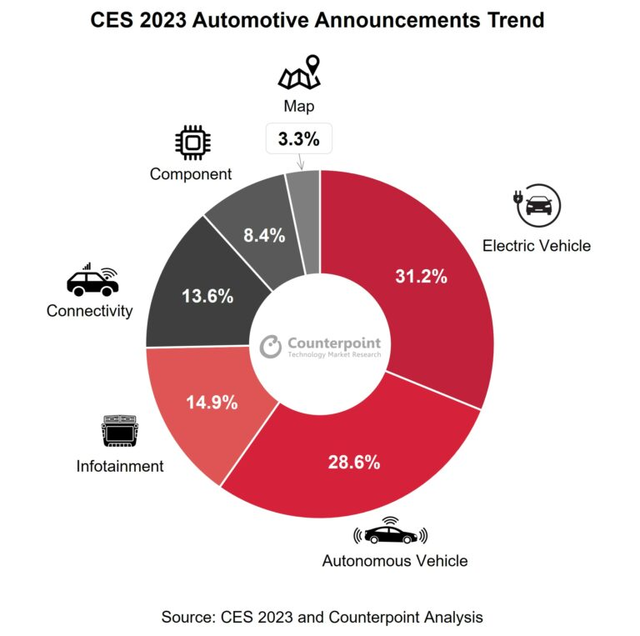
According to analysts, here are the top 10 automotive announcements for CES this year:
1. Qualcomm launched Snapdragon Ride Flex SoC, making software-defined cars a reality
Qualcomm announced the launch of Snapdragon Ride Flex SoC as part of its Snapdragon digital chassis program, and Snapdragon Ride Flex SoC is expected to begin production in 2024. This is a disruptive solution to extends its low-power, advanced computing power to the automotive space. The solution builds on heterogeneous computing architectures that can handle multiple workloads. This gives automakers the flexibility to use Ride Vision Stack at all vehicle levels without sacrificing performance. Qualcomm is struggling to maintain its lead in the software-defined automotive era and make the transition easier for autommakers and tier 1 suppliers.
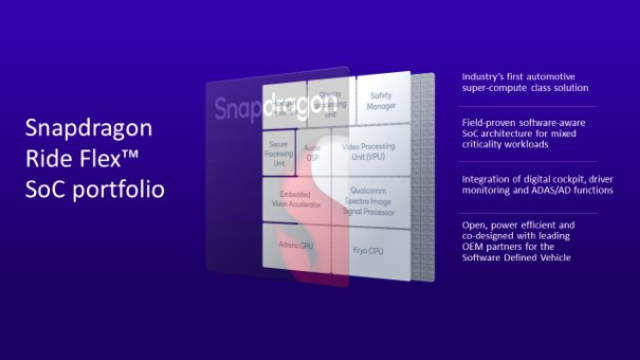
2. Sony Honda Mobility launched the Afeela EV brand
Sony Honda Mobility has finally announced its joint venture brand Afeela, which will bring the launch of its first EV model to North America in 2026, followed by Japan and Europe. Its first production model was unveiled at this year's CES. Sony and Honda announced a joint venture in March 2022. Afeela, will launch a range of EV models that will carry SONY's expertise in IVI systems, ADAS components and in-car electronics, while Honda will contribute to the brand's electric powertrain system and battery procurement and charging capabilities. According to the announcement, the Afeela is designed to provide better vehicles at a relatively lower cost. These electric vehicles are expected to be positioned higher than Honda's own electric vehicles, but it remains to be determined whether the Afeela will share the same location as Honda's high-end Acura brand.
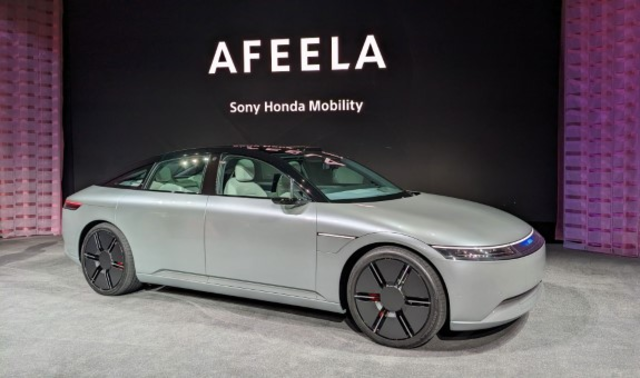
3. BMW previews the next generation of color change with a "digital emotional experience"
BWM previews the next generation 3 series conceptual model based on the Neue Klasse, platform. The new i Vision Dee concept car (Dee stands for "digital emotional experiences") shows off an overall look that can be divided into 240 different parts. The whole appearance can support stripes, patterns, animation and other different design styles, can match up to 32 different colors. While not yet sharing detailed specifications, the i Vision Dee features a new operating system and a new fully controllable HUD with a windshield projection. Traditional infotainment systems have been removed. The dashboard hides various touch sensors that can be used to display content on the HUD. The model will be powered by BMW's sixth-generation electric vehicle powertrain and is expected to launch as a successor to the BMW i3 in 2025.
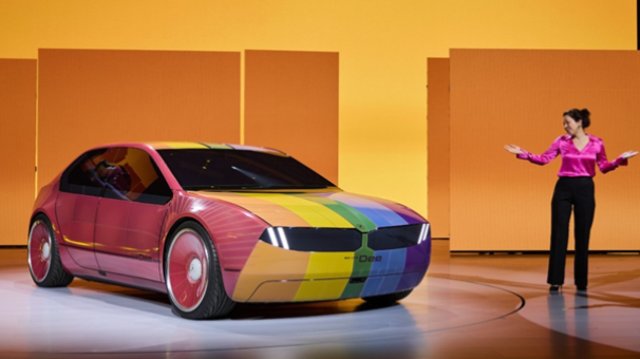
4. Volkswagen shows off a new ID wrapped in electric glow camouflage.7
Volkswagen showed off its sixth all-electric ID model, the VWID.7, wrapped in a special QR code camouflage color to hide the final shape. Camo is inspired by electroluminescence technology, which lights up 22 different areas of the car. Volkswagen disclosed some technical details before the final release of the model in the second quarter of 2023.prime,ID. The 7 will come with a 77kWh battery pack and a claimed 700 km range. The interior will feature a 15-inch touch-screen infotainment system, an AR-based HUD, and a smart HVAC system that automatically adjusts the incar temperature when the key chain is closed. Volkswagen expects its new models to compete with Hyundai's Ioniq 6 and Tesla's Model 3.
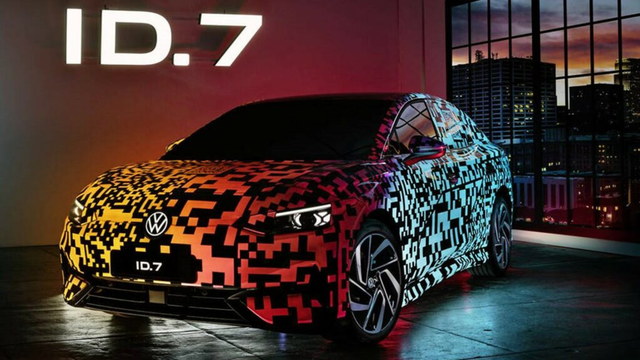
5. LG and Magna have set up a second joint venture to provide "executable" autonomous driving and infotainment solutions
LG and Magna, the two largest technology companies, are once again working together to develop autonomous driving solutions using their respective areas of expertise. LG and Magna have already formed a joint venture to produce electric powertrains and other hardware, such as inverters, electric motors and on-board chargers for electric cars. The new joint venture will explore the ADAS and AV markets to develop "executable" autonomous driving and infotainment solutions to enhance the customer experience by addressing the toughest challenges.
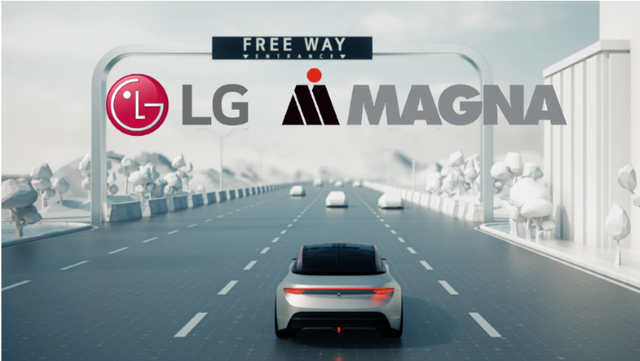
6. Harman aims to make driver assistance more intuitive and safer
Harman Ready to provide enhanced in-car safety and awareness through its AR-based HUD hardware and AR-based software products. For decades, Harman has been a trusted brand in automotive audio, but now as the automotive industry transitions to a software-based experience, the company has developed its own technology to enhance the driver experience by bridging the gap between the physical world and the digital world. By its AR-based HUD in a non-intrusive manner. The Harman Ready Vision uses ML-based 3D object detection and computer vision to provide collision warnings, lane departure, low-speed area notification, blind spot warnings, and lane change assistance without compromising the driver's attention. Harman claims that Ready Vision works accurately even in the least familiar driving scenarios, making driving safer.
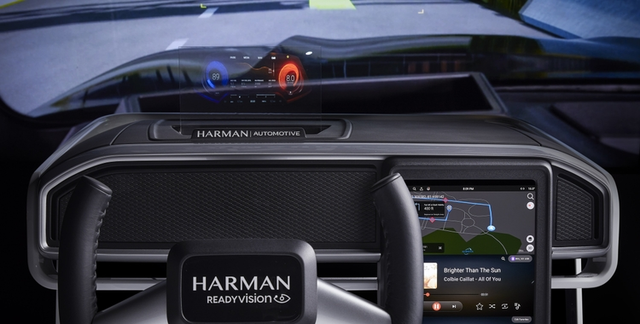
7. BlackBerry is busy publishing and collaborating at CES
Blackberry's IVY software platform jointly developed with Amazon has won a contract to design the digital cockpit for Botai's first all-electric VOYAH H97 model. BlackBerry also introduced QNX Accelerate, which supports QNX RTOS and QNX OS to ensure security in the AWS market. Leading Tier 1 suppliers such as Continental and Marelli are already testing it to create automotive meta-universe environments for software-defined vehicles. BlackBerry Working with Elektrobit to develop automotive safety solutions using the Rust programming language.
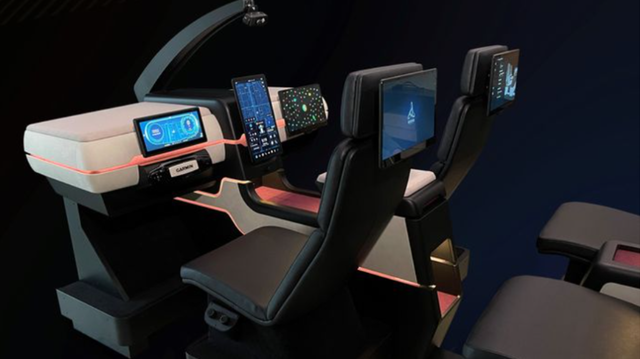
8. Innoviz has launched a new LiDAR to form multiple partnerships
Innoviz, a leader in solid-state lidar sensors and sensing software, has launched Innoviz360, a cost-effective, high-performance lidar that will support a range of non-automotive applications such as smart cities, logistics, maritime, heavy machinery, and construction, as well as level 4-5 (L4 and L5) autonomous applications. Loxo, a supplier of zero-emission self-driving vehicles for last-mile delivery, has worked with Innoviz to use InnovisOne LiDAR. EXways, a 3D LiDAR technology company, is also working with Innoviz to use the technology for a variety of applications.
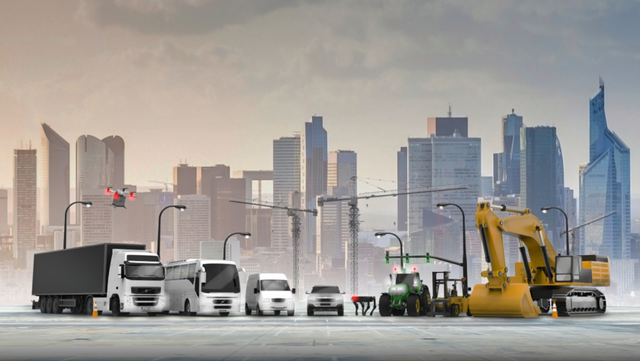
9. NVIDIA has launched the in-car cloud gaming experience
NVIDIA Cooperate with Hyundai Motor, BYD and Polestar to provide a cloud gaming experience through its NVIDIA GeForce NOW automotive service. GeForce Users will be able to access more than 1,000 paid and free games through the service. While video games are not new in cars, the addition of GeForce will offer a more PC-like gaming experience. This will also drive the trend of cellular connectivity in the passenger car market, as cloud gaming will require embedded 4G or 5G connectivity.
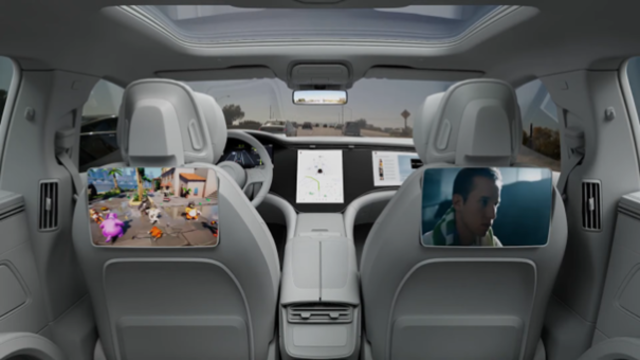
10. Google launched hd map, cooperation with Volvo and Polestar
Google has announced that it will provide high-definition maps for self-driving cars at level 2 or above. In addition to Google's Android Auto solution, the Volvo EX 90 and Polestar 3 will also use Google's HD mapping service. While Google has gained some traction in the automotive industry with its Android Auto products, it will face fierce competition from existing players such as HERE and TomTom, which offer HD maps and other related services are helping them maintain their leadership in the location platform market. To compete with Amap, Siwei, Naver, MapmyIndia and Zenrin, Google is looking to improve the user experience in that segment.
